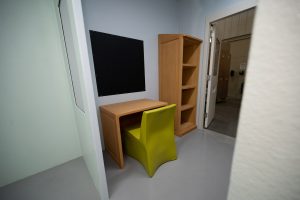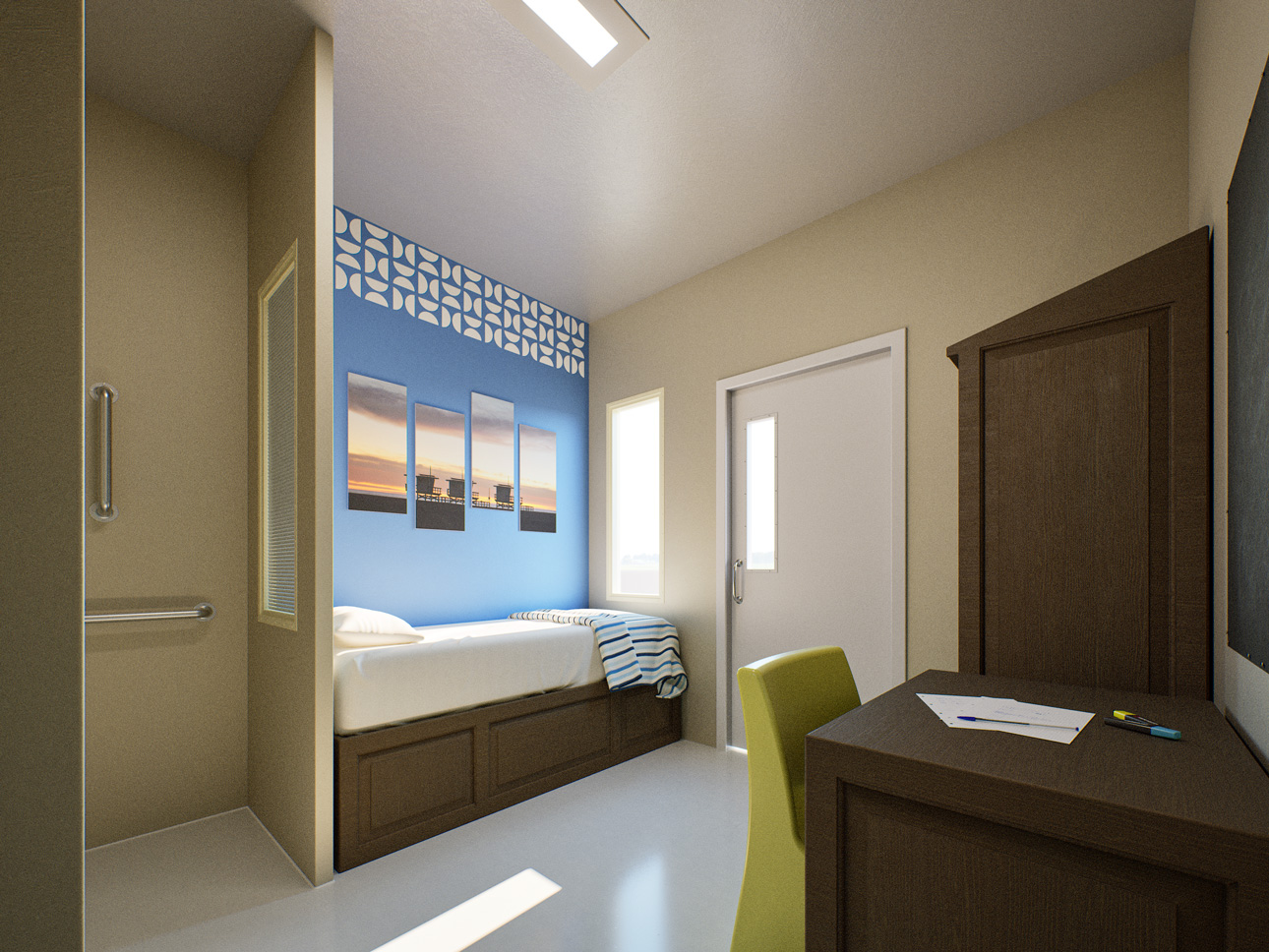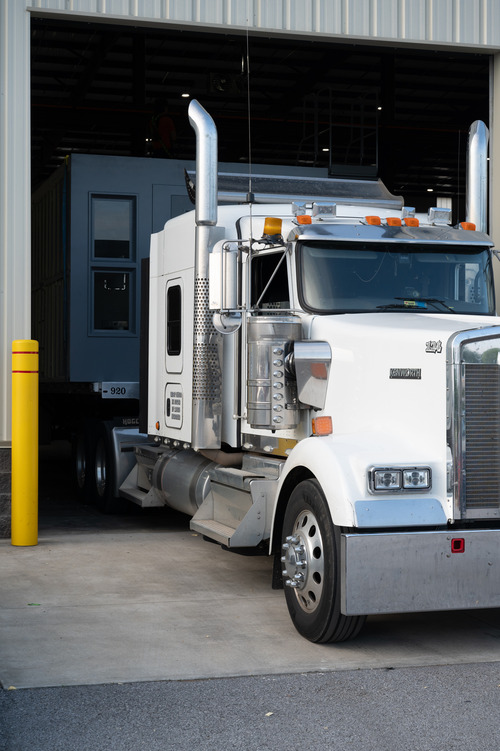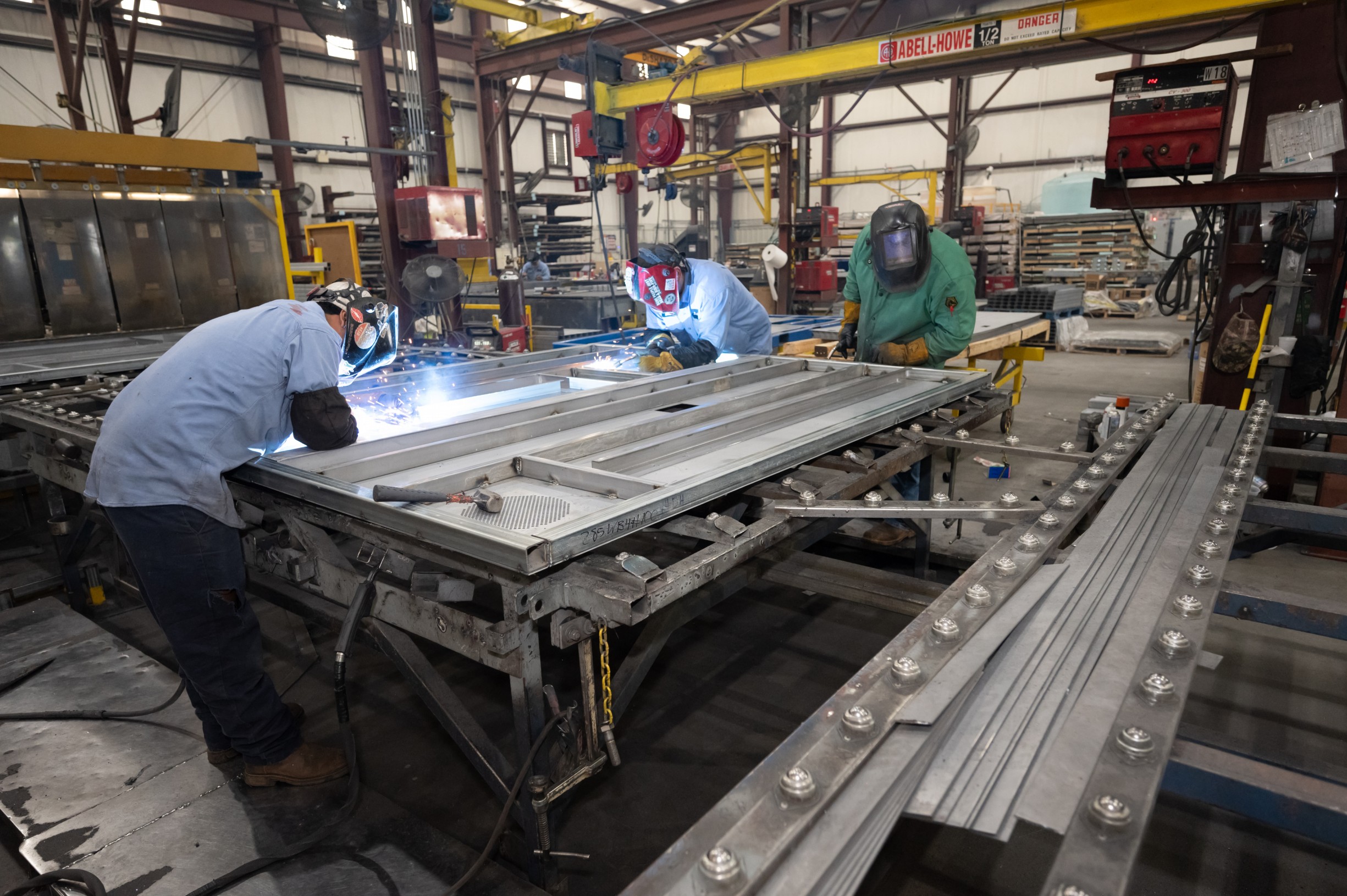Modular Healthcare Buildings: A Sustainable Solution for Modern Medical Facilities
Modular healthcare buildings are changing the way healthcare facilities are designed and constructed. These innovative structures offer flexibility and efficiency, making it easier to meet the growing demands of healthcare services. With modular construction, facilities can be built faster and at a lower cost, which is crucial in today’s fast-paced environment.
As the need for healthcare services increases, modular buildings provide a practical solution for hospitals and clinics. They can be easily expanded or relocated to accommodate changing needs. This adaptability allows healthcare providers to respond more effectively to both routine care and emergency situations, ensuring that patients receive timely treatment.
Many successful examples show how modular healthcare buildings have been implemented around the world, enhancing healthcare delivery. From temporary facilities during crises to permanent structures for ongoing care, these buildings are proving their value in the healthcare landscape.
Key Takeaways
- Modular healthcare buildings provide flexibility and efficiency.
- They can be constructed quickly and cost-effectively.
- These facilities adapt to changing healthcare needs and emergencies.
Benefits of Modular Healthcare Buildings
Modular healthcare buildings offer various advantages that enhance their appeal in modern construction. Their design facilitates cost savings, adaptability for future needs, and faster project completion.
Cost-Effectiveness
One of the key benefits of modular healthcare buildings is their cost-effectiveness. These structures often require fewer materials and less labor, which leads to reduced overall expenses.
In many cases, units can be prefabricated in a factory setting. This significantly lowers construction time and minimizes waste. According to studies, modular buildings can save up to 20% on total project costs.
Additionally, the modular approach allows for efficient resource management. By standardizing components, contractors can bulk purchase materials, further driving down costs.
Flexibility and Scalability
Flexibility is another significant advantage of modular healthcare buildings. They can be designed for various uses, from clinics to full hospitals.
As needs change, these buildings can easily adapt. This adaptability allows healthcare facilities to reconfigure spaces without extensive renovations.
Moreover, modular buildings can be scaled up or down based on demand. For instance, during a health crisis, temporary units can be added swiftly to accommodate more patients, offering essential care when needed most.
Reduced Construction Time
Reduced construction time is vital for healthcare facilities, particularly in emergencies. Modular buildings can often be completed in half the time of traditional construction methods.
Prefabrication in a factory allows different components of the building to be constructed simultaneously. This parallel processing accelerates project timelines significantly.
Once the site is prepared, installation of modular units can occur quickly, sometimes within a matter of days. This rapid deployment can be crucial in situations like responding to public health crises, ensuring that healthcare providers can meet urgent demands without delay.
Design and Construction of Modular Healthcare Facilities
 Modular healthcare facilities are designed using a prefabrication process that enhances efficiency and quality. This approach allows for improved quality control and a variety of customization options to meet specific healthcare needs.
Modular healthcare facilities are designed using a prefabrication process that enhances efficiency and quality. This approach allows for improved quality control and a variety of customization options to meet specific healthcare needs.
Prefabrication Process
The prefabrication process involves building sections of a healthcare facility in a factory setting before transporting them to the construction site. Components such as walls, floors, and ceilings are constructed in controlled environments. This method minimizes delays and waste, making construction faster.
Once the modules arrive at the site, they are assembled quickly, reducing the impact on the community and surrounding environment. The use of modern materials and construction techniques ensures these facilities meet necessary healthcare standards.
Quality Control and Standards
Quality control is critical in modular healthcare construction. Each module goes through strict inspections during production to ensure compliance with healthcare regulations. This includes checking materials for safety and durability.
Construction teams follow guidelines established by health authorities. Thorough checks at every stage help prevent issues before modules are installed. Proper adherence to these standards leads to facilities that function well and serve patient needs effectively.
Customization Options
Customization is a key advantage of modular healthcare facilities. They can be tailored to meet the unique needs of various healthcare providers. Options include specific room layouts, sizes, and specialized equipment installation.
Clients can choose features like energy-efficient systems and accessible designs for patients. This flexibility allows facilities to adapt over time as healthcare demands change. Ultimately, customization enhances patient care by creating spaces that suit specific functions and workflows.
Implementation and Use Cases
Modular healthcare buildings are increasingly adopted for various applications. Their flexible design allows for quick adaptation to changing healthcare needs, addressing emergencies, expansions, and specialized care effectively.
Emergency and Disaster Response
Modular healthcare buildings are essential in disaster response. They can be rapidly deployed to areas affected by natural disasters or pandemics. For instance, modular units can be set up as temporary hospitals to provide immediate care to patients.
These structures are often designed for easy transportation and quick assembly, making them ideal in urgent situations. They can include basic medical facilities like triage areas, treatment rooms, and isolation units. Their ability to adapt in design means rooms can serve various functions based on immediate needs.
Expansion of Existing Facilities
As healthcare demands grow, many hospitals may find their existing facilities overcrowded. Modular construction offers a quick solution to this problem. Extra units can be added to current buildings without major renovations.
These new modules can be linked seamlessly with existing infrastructure. This integration allows for efficient patient flow and provides additional resources such as waiting areas or examination rooms. Importantly, expansion through modular units minimizes disruption, allowing hospitals to continue operating while accommodating more patients.
Specialized Medical Units
Modular buildings can also serve as specialized medical units. This is especially relevant for practices like mental health, rehabilitation, or outpatient services.
Each module can be customized for specific medical purposes. For example, a modular unit could be equipped with therapy rooms, group session spaces, and private consultation areas. This targeted approach allows healthcare providers to deliver specialized care without the need for extensive construction time or cost.
In conclusion, modular healthcare buildings provide effective solutions for various implementation needs in the healthcare sector, ensuring responsive care and adaptation to changing demands.


